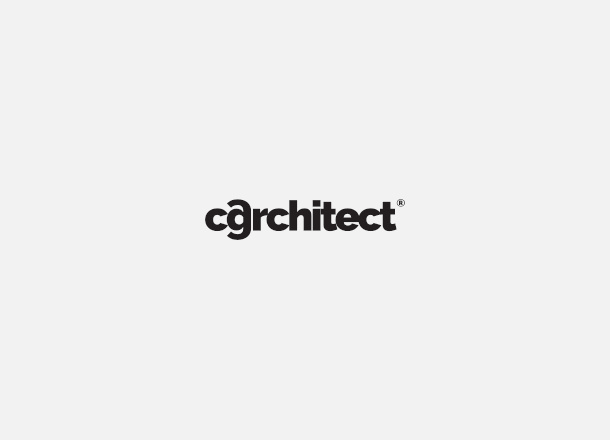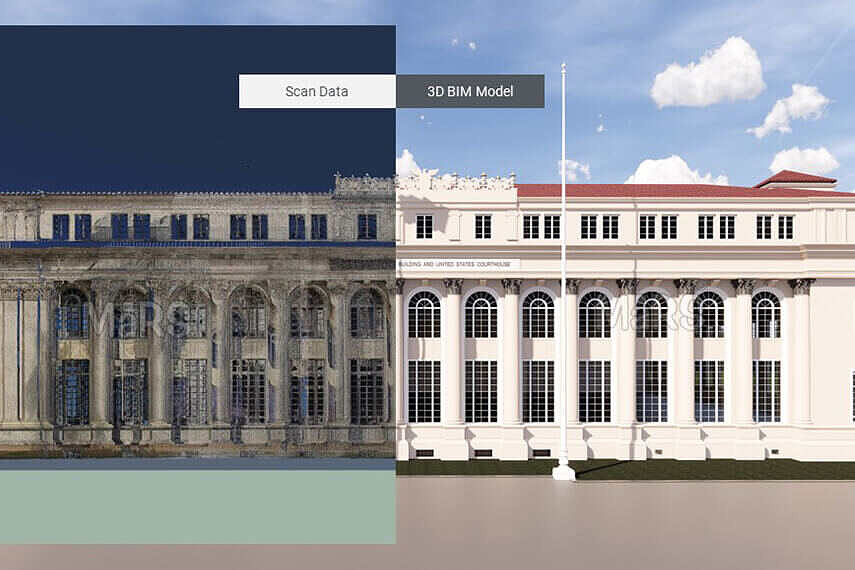
Articles
The Future of Construction: Innovations in Point Cloud Modeling Technology
In recent years, the construction industry has witnessed a significant transformation with the advent of cutting-edge technologies. Among these innovations, point cloud modeling stands out as a game-changer, revolutionizing the way we approach design, construction, and renovation projects. As we delve into the future of construction, it's essential to explore the advancements in point cloud modeling technology and the profound impact they're poised to have on the industry.
Understanding Point Cloud Modeling
Before delving into the future implications, let's first grasp the concept of point cloud modeling. Point cloud data is generated through laser scanning or photogrammetry techniques, capturing millions of individual points in a three-dimensional space. These points collectively represent the surface geometry of objects, buildings, or landscapes with remarkable precision.
Innovations Driving Change
Several key innovations are driving the evolution of point cloud modeling technology:
- Enhanced Data Capture: Advancements in laser scanning technology have led to faster, more accurate data capture processes. High-definition scanners can now capture intricate details of structures with unprecedented speed and resolution.
- Cloud-Based Processing: Cloud computing has revolutionized data processing workflows, allowing for the rapid analysis and manipulation of large point cloud datasets. This shift to cloud-based processing has significantly reduced processing times and improved accessibility for project stakeholders.
- Artificial Intelligence and Machine Learning: AI and machine learning algorithms are being increasingly integrated into point cloud processing software. These technologies enable automatic feature extraction, object recognition, and classification within point cloud data, streamlining the modeling and analysis process.
- Integration with Building Information Modeling (BIM): The integration of point cloud data with BIM software has become increasingly seamless, allowing for more accurate as-built modeling and clash detection during the design phase. This integration enhances collaboration and coordination among project teams, leading to smoother project delivery.
Future Implications
Looking ahead, the future of construction will be shaped by the continued evolution of point cloud modeling technology. Here are some anticipated implications:
- Improved Project Efficiency: With faster data capture and processing capabilities, point cloud modeling will streamline project workflows, reducing project timelines and costs.
- Enhanced Design Accuracy: The detailed as-built information provided by point cloud data will enable architects and engineers to design with greater precision, minimizing errors and rework during construction.
- Remote Collaboration: Cloud-based point cloud processing will facilitate remote collaboration among project stakeholders, allowing teams to work together seamlessly regardless of geographic location.
- Innovative Applications: As technology advances, we can expect to see innovative applications of point cloud modeling in areas such as virtual reality, augmented reality, and predictive analytics, further enhancing project outcomes.
- Preservation of Historical Sites: Point cloud modeling technology offers a non-invasive method for capturing detailed 3D representations of historical sites and structures. This enables preservationists and historians to document and analyze cultural heritage sites with unprecedented accuracy, facilitating their conservation and restoration efforts.
- Environmental Monitoring: Point cloud modeling can be utilized for environmental monitoring purposes, such as assessing the impact of natural disasters, monitoring vegetation growth, and analyzing changes in topography over time. This data can inform conservation efforts and land management practices, contributing to sustainable development.
- Asset Management: Point cloud data provides valuable insights for asset management and facility maintenance. By creating comprehensive 3D models of buildings and infrastructure assets, facility managers can accurately assess their condition, plan maintenance activities, and optimize asset performance over their lifecycle.
- Urban Planning and Development: Point cloud modeling supports urban planning initiatives by providing planners and policymakers with detailed information about existing urban infrastructure and land use patterns. This data informs decisions related to zoning, transportation planning, and infrastructure development, leading to more sustainable and livable cities.
- Safety and Risk Management: Point cloud modeling technology can be used to assess safety risks on construction sites and identify potential hazards. By conducting virtual walkthroughs of project sites based on point cloud data, project teams can proactively address safety concerns and mitigate risks before they escalate.
- Educational and Training Purposes: Point cloud modeling has applications in education and training, allowing students and professionals to learn about architecture, engineering, and construction through immersive experiences. Virtual reality simulations based on point cloud data provide hands-on training opportunities and enhance learning outcomes in the industry.
These additional points highlight the diverse applications and benefits of point cloud modeling technology across various sectors, underscoring its potential to drive innovation and transformation in the built environment.
Conclusion
In conclusion, the future of construction is intrinsically linked to the advancements in point cloud modeling technology. As these innovations continue to unfold, we can anticipate a future where construction projects are more efficient, accurate, and collaborative than ever before. By embracing these technologies, industry professionals can stay at the forefront of innovation and drive positive change in the built environment.
You must be logged in to post a comment. Login here.

